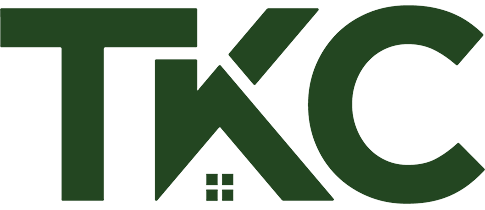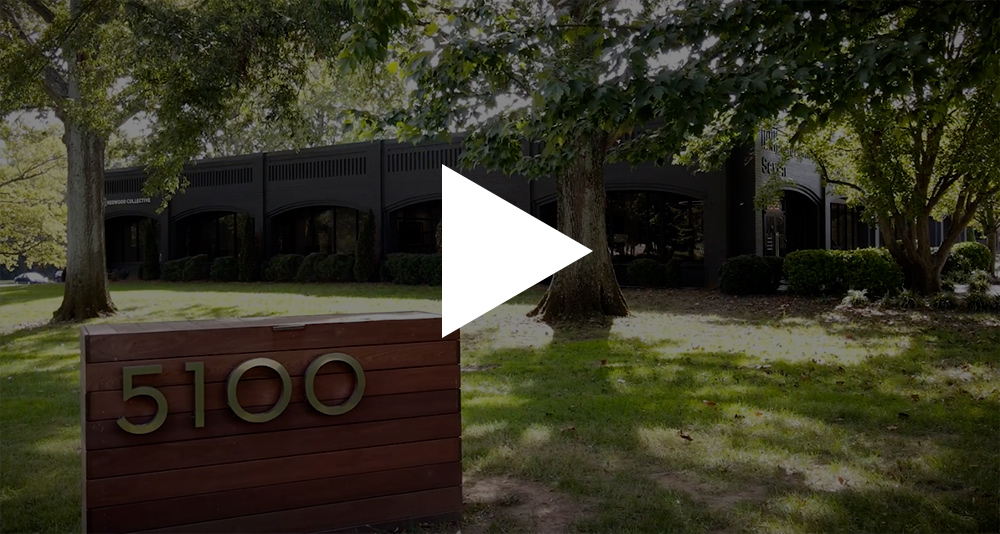With the current state of the economy and interest rates remaining high, one of the largest questions we get from both buyers and sellers is, what does this mean for the multifamily investment space?
What this Means for Multifamily
It’s no surprise that the real estate market has changed dramatically in recent months. Last year’s increase in interest rates had a significant effect on all sectors of the economy, but the real estate industry, already heavily leveraged, suffered the most. For real estate owners and investors, interest rates not only determine the cost of debt but also influence asset values. Let’s break down the main things to consider.
Debt has become more expensive
This one almost goes without saying but more expensive debt can impact the market in various ways: reduced investor returns, decreased prices to sustain returns, or reduced debt usage. In fact, the US National Debt has actually reached an all-time high, surpassing the previous debt ceiling placed on the treasury.
These changes can result in significant market alterations, such as decreased transaction volume or longer holding periods while waiting for more favorable conditions.
Owners with variable debt may need to consider their options
Investors with variable-rate debt could face challenges at the next reset. For example, a property that once generated positive cash flow at a 3% interest rate may not perform similarly at 6%. Additionally, negative cash flow and depleted operational reserves or loan covenant violations can limit options and lead to an increase in loan defaults and foreclosures for those impacted by the rising rates.
Unemployment may factor in
Increased interest rates often trigger layoffs. In a potentially slowing multifamily market, property managers and investors may resort to cutting staff to manage operational difficulties and rising salaries. Paired with the potential for tenant job loss as well, owners may experience higher late payments and collection costs as well as reduced occupancy, negatively impacting property profitability in the long run.
This is an opportunity
While there may be current stress on the industry, especially as the desires of buyers and expectations of sellers work towards being mutually beneficial, the current conditions do lend themselves to an expanded renter pool and increase in demand.
In fact, According to Globest, at the CREFC (Commercial Real Estate Finance Council) January Conference 2023, multifamily market stakeholders “seemed cautiously optimistic”.
“As one of the most sensitive sectors in the economy to changes in interest rates, housing activity has weakened significantly in the last few quarters of 2022…However, demand for multifamily housing has held up amid tight single-family home supply and affordability challenges, with multifamily housing starts still close to the highs of the cycle.” Writes Ginger Chambless, Head of Research for Commercial Banking at JPMorgan Chase, in her 2023 Outlook.
The idea is that the higher interest rates on single-family homes could price out would-be buyers, causing them to rent for longer.
Additionally, the current housing inventory, especially that of affordable housing, is low but in high demand. Coupled with an influx of people moving to the middle of the country and in need of workforce housing, owners and managers have an opportunity in front of them.
How to Stay Ahead of It
- Focus on cash flow: With rising interest rates, it’s even more important to focus on generating positive cash flow from the property. This can be done by increasing rent, reducing expenses, or finding other ways to generate income, such as adding coin-operated laundries or vending machines.
- Be prepared to adapt to market conditions: Be prepared to adapt to changes in the market, such as a decrease in occupancy rates, by being flexible with rents, amenities, and other aspects of the property. Consider revising your leasing criteria such as minimum credit score or the debt-to-income ratio to open the gates to new potential tenants. Having the ability to adapt to changes can help minimize the impact on your property’s cash flow.
- Maintain the property: Keeping the property well-maintained can help to attract and retain tenants, even if the economic conditions are not favorable. Regularly updating appliances, paint, and common areas can go a long way in keeping the property looking great, which can also help to increase occupancy rates.
- Diversify your portfolio: If you have other investments such as stocks, bonds or other real estate properties, it’s a good idea to diversify your portfolio across different asset classes to mitigate the potential impact of rising interest rates and inflation on your multifamily property.
- Consider hiring a property management company: A property management company can help you stay on top of the day-to-day operations of the property and make sure that it runs smoothly, even when economic conditions are challenging.
It is also important to keep in mind that the multifamily market has shown resilience in the face of economic challenges, and there are opportunities that can be found in times of uncertainty. By taking a proactive approach and being prepared to adapt, multifamily property owners can help to protect the value of their investment and position themselves to weather the fluctuations of the market.






